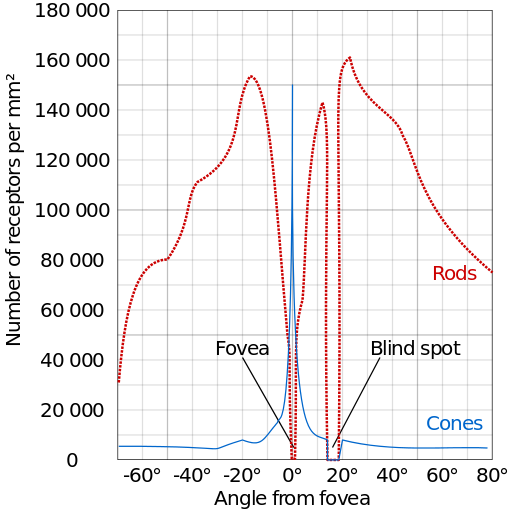How to attack the social media incentive and privacy problems
Submitted by brad on Fri, 2018-04-20 12:10A huge opportunity awaits a young social media company that is poised to take advantage of the fall of Facebook (and Twitter). Is somebody out there ready to carry the ball and make it happen. It probably has to be somebody already with most of this done, or even operating.





 Along the way, though, we have mostly secured the individual links an E-mail follows. Most mail servers use encrypted SMTP over TLS when exchanging mail. The major web-mail programs like Gmail use encrypted HTTPS web sessions for reading it. The IMAP and POP servers generally support encrypted connections with clients. My own server supports only IMAPS and never IMAP or POP, and there are others like that.
Along the way, though, we have mostly secured the individual links an E-mail follows. Most mail servers use encrypted SMTP over TLS when exchanging mail. The major web-mail programs like Gmail use encrypted HTTPS web sessions for reading it. The IMAP and POP servers generally support encrypted connections with clients. My own server supports only IMAPS and never IMAP or POP, and there are others like that. My thought is to combine foveal video with animated avatars for brief moments after
My thought is to combine foveal video with animated avatars for brief moments after 
 One can understand the appeal of presenting the simulation in a mostly real environment. But the advantages of the VR experience are many. In particular, with the top-quality, retinal resolution light-field VR we hope to see in the future, the big advantage is you don't need to make the physical things look real. You will have synthetic bodies, but they only have to feel right, and only just where you touch them. They don't have to look right. In particular, they can have cables coming out of them connecting them to external computing and power. You don't see the cables, nor the other manipulators that are keeping the cables out of your way (even briefly unplugging them) as you and they move.
One can understand the appeal of presenting the simulation in a mostly real environment. But the advantages of the VR experience are many. In particular, with the top-quality, retinal resolution light-field VR we hope to see in the future, the big advantage is you don't need to make the physical things look real. You will have synthetic bodies, but they only have to feel right, and only just where you touch them. They don't have to look right. In particular, they can have cables coming out of them connecting them to external computing and power. You don't see the cables, nor the other manipulators that are keeping the cables out of your way (even briefly unplugging them) as you and they move. While bitcoins have this scarcity, digital currencies as a group do not. You can always create another digital currency. And many people have. While Bitcoin is the largest, there are many "
While bitcoins have this scarcity, digital currencies as a group do not. You can always create another digital currency. And many people have. While Bitcoin is the largest, there are many "